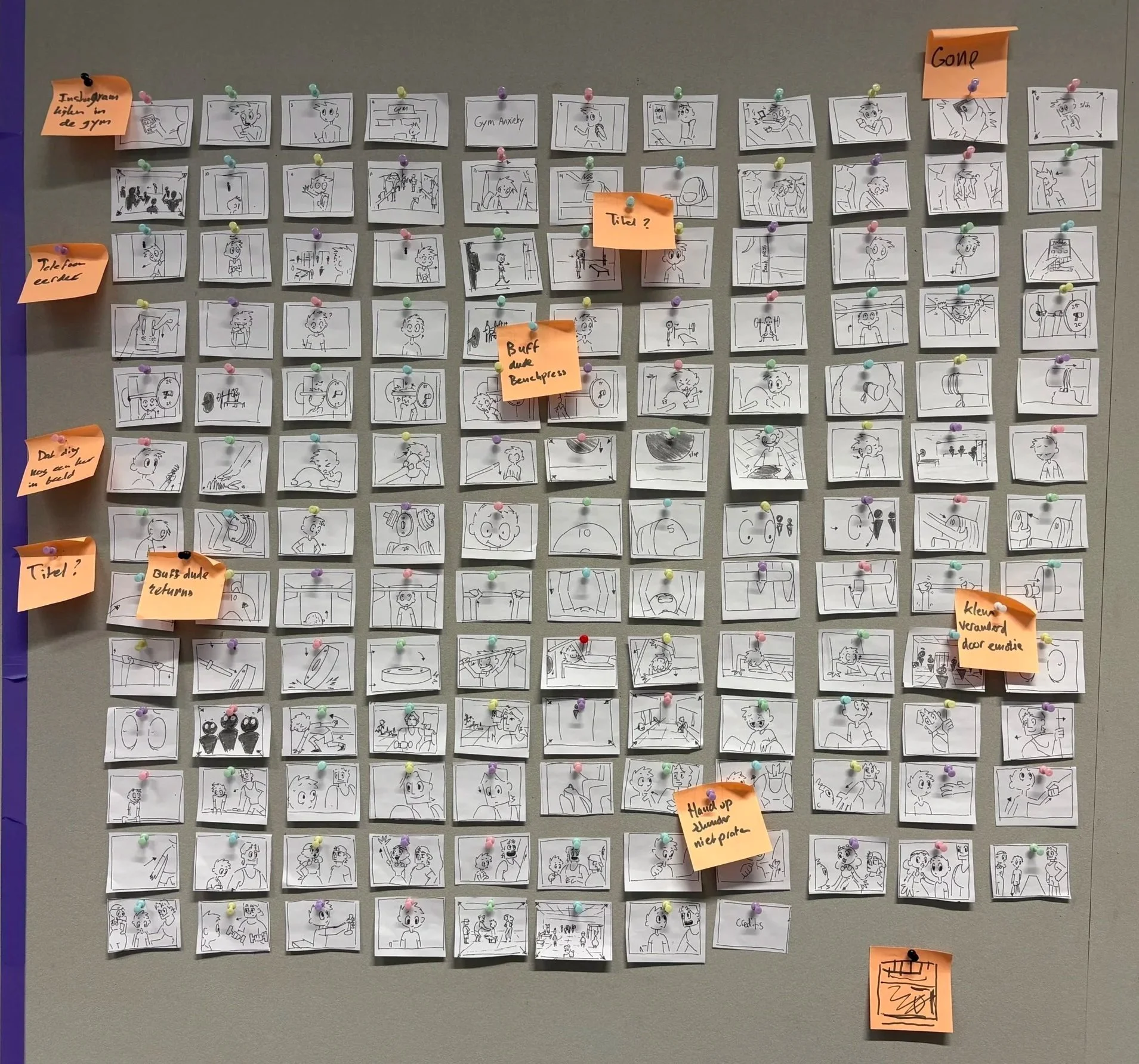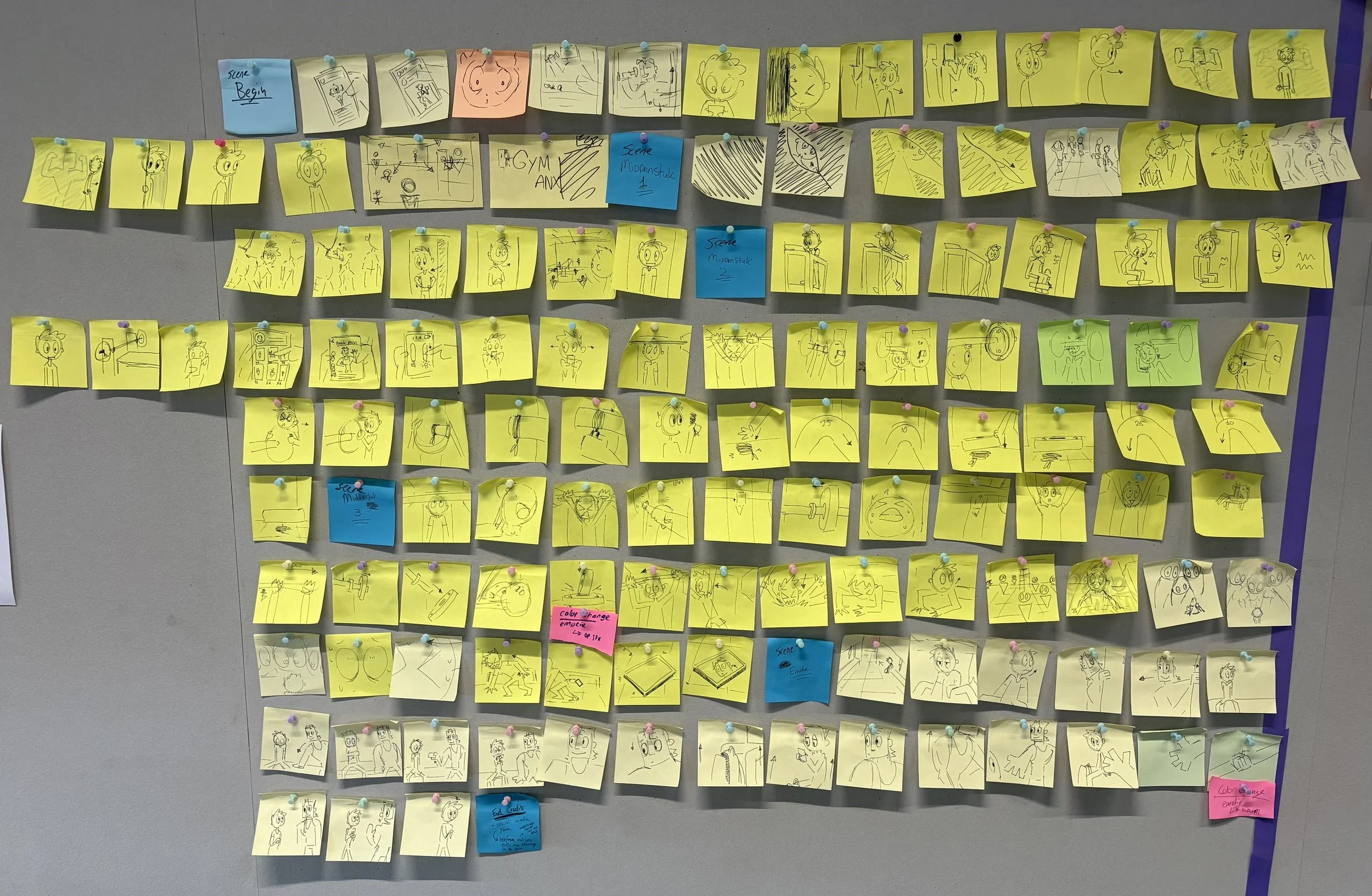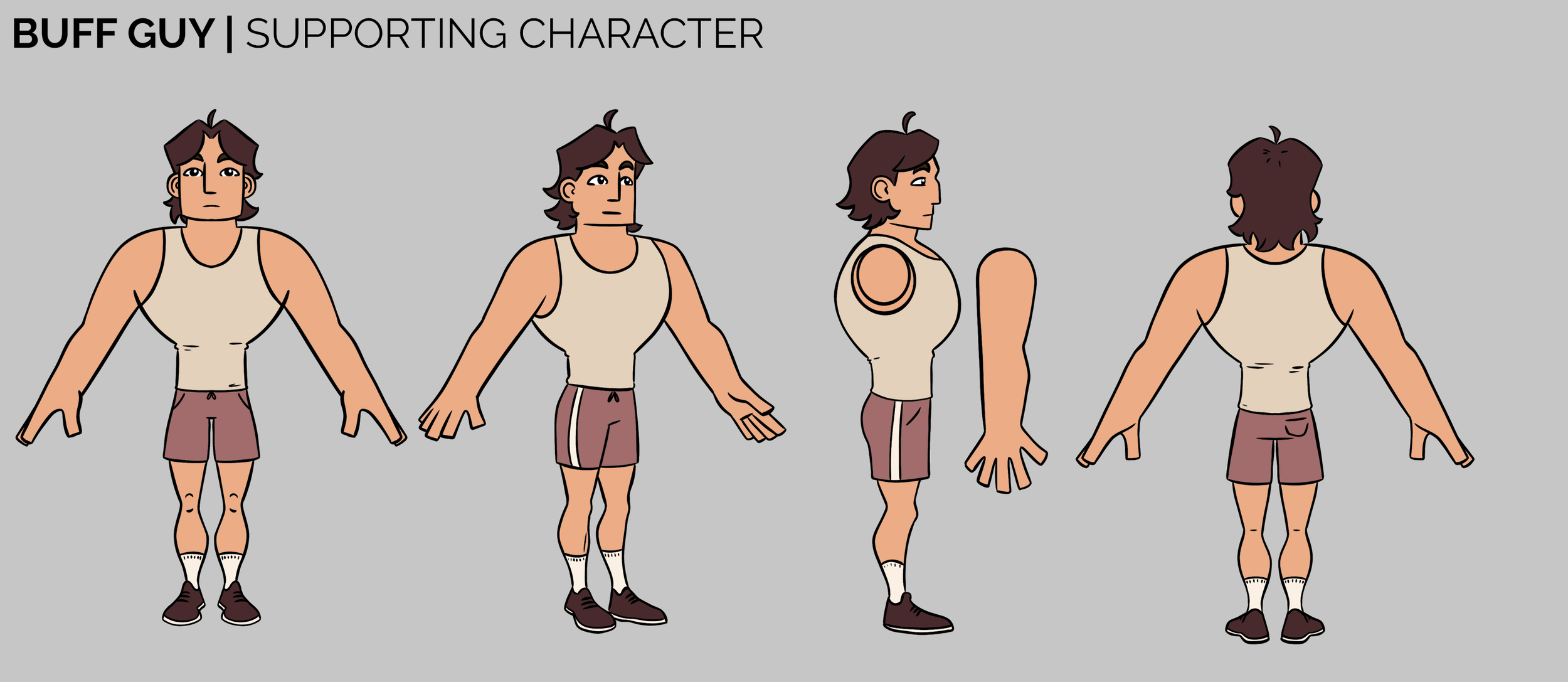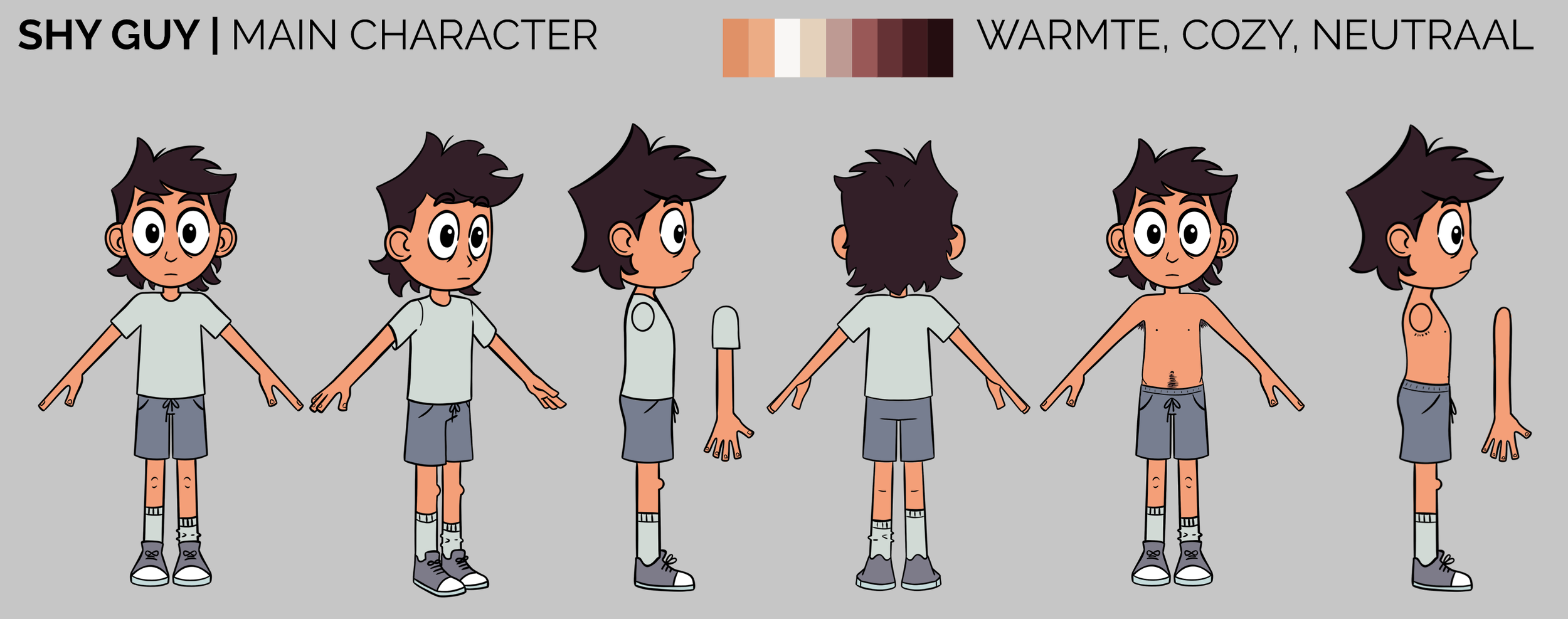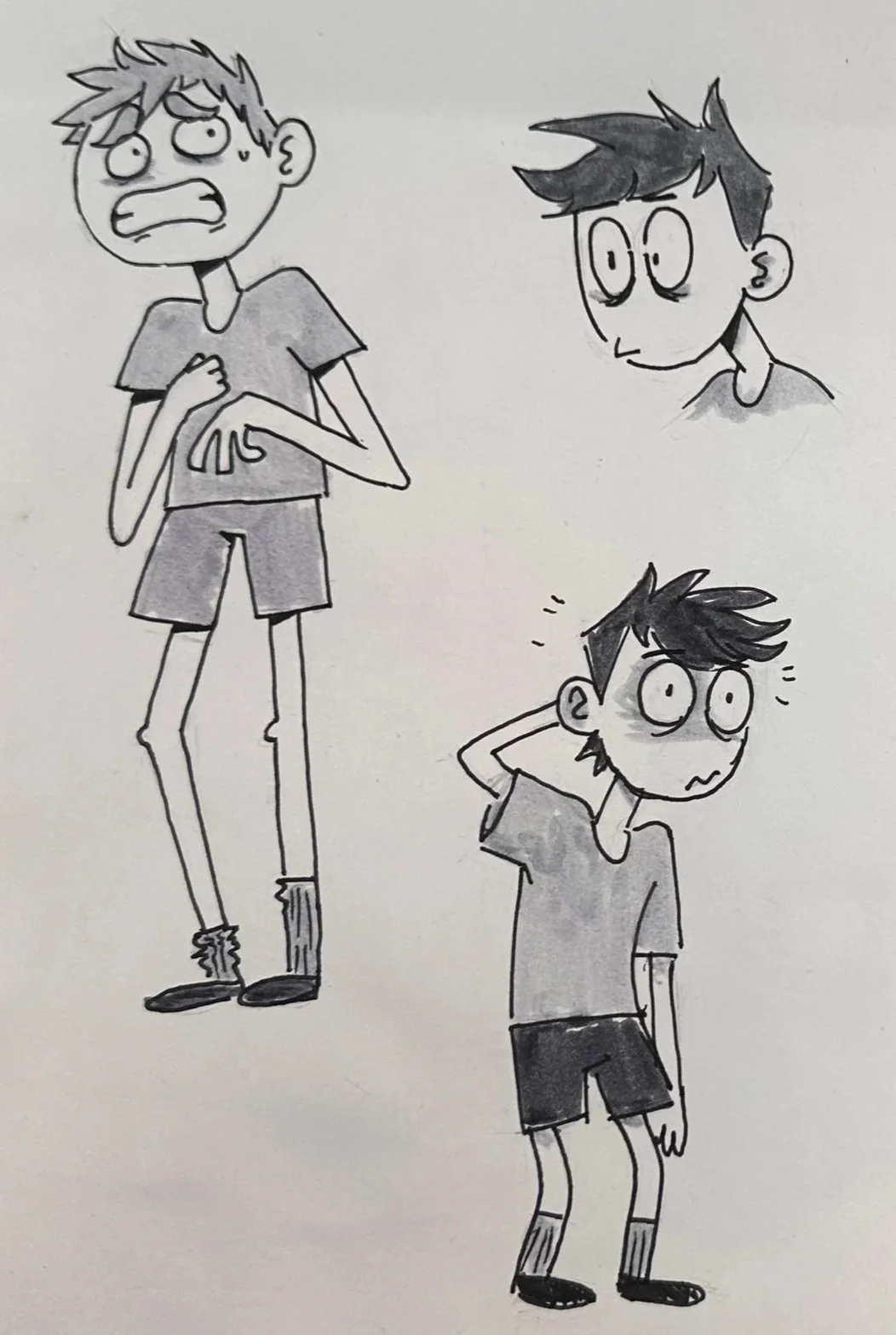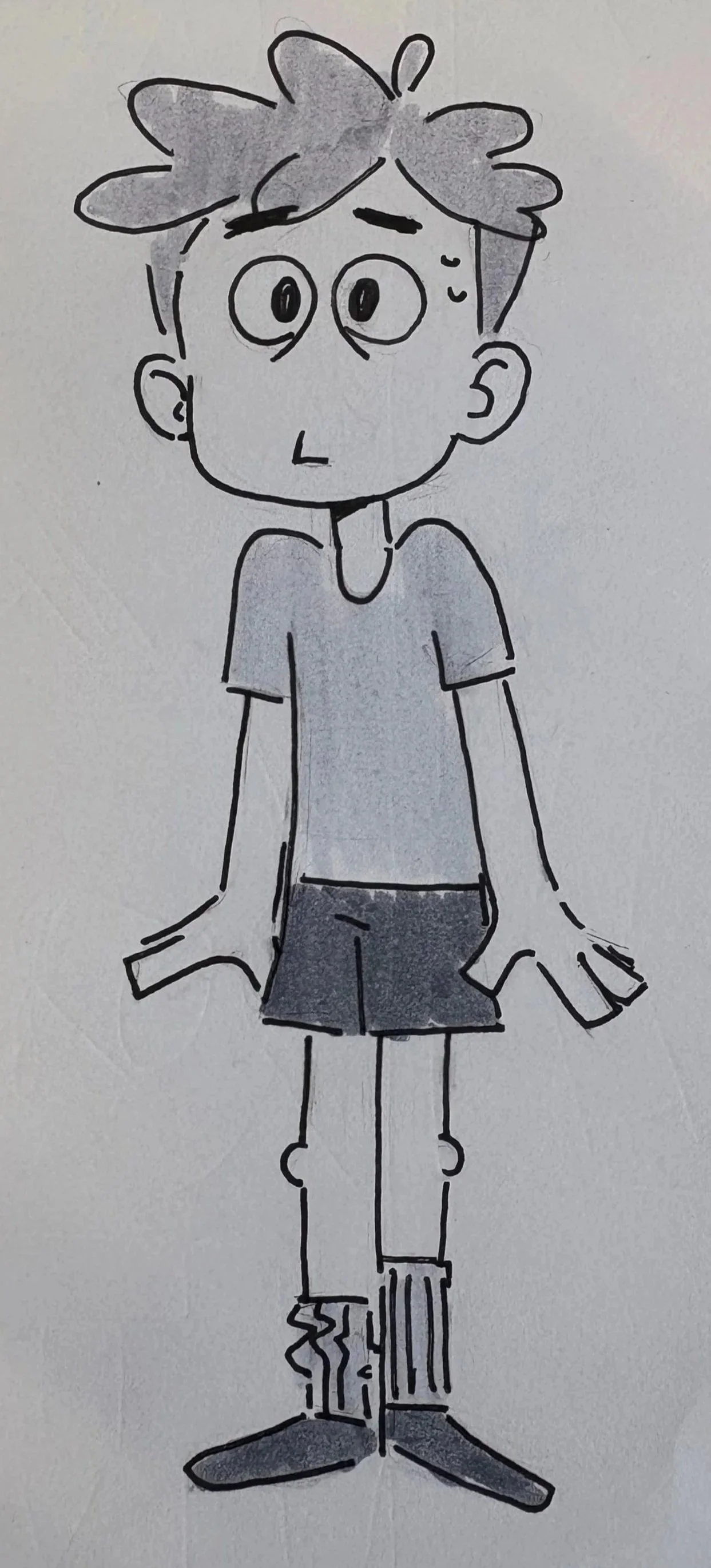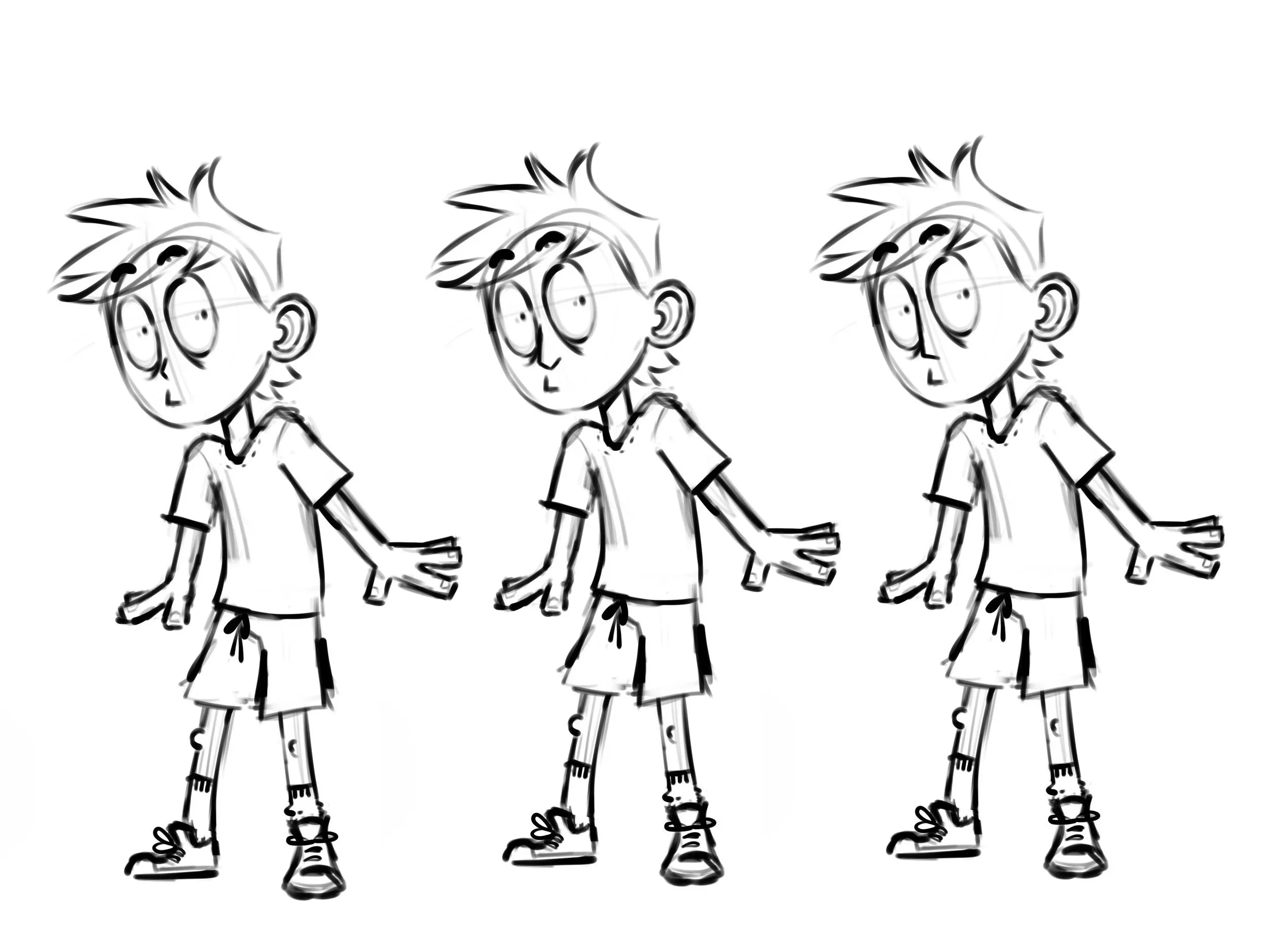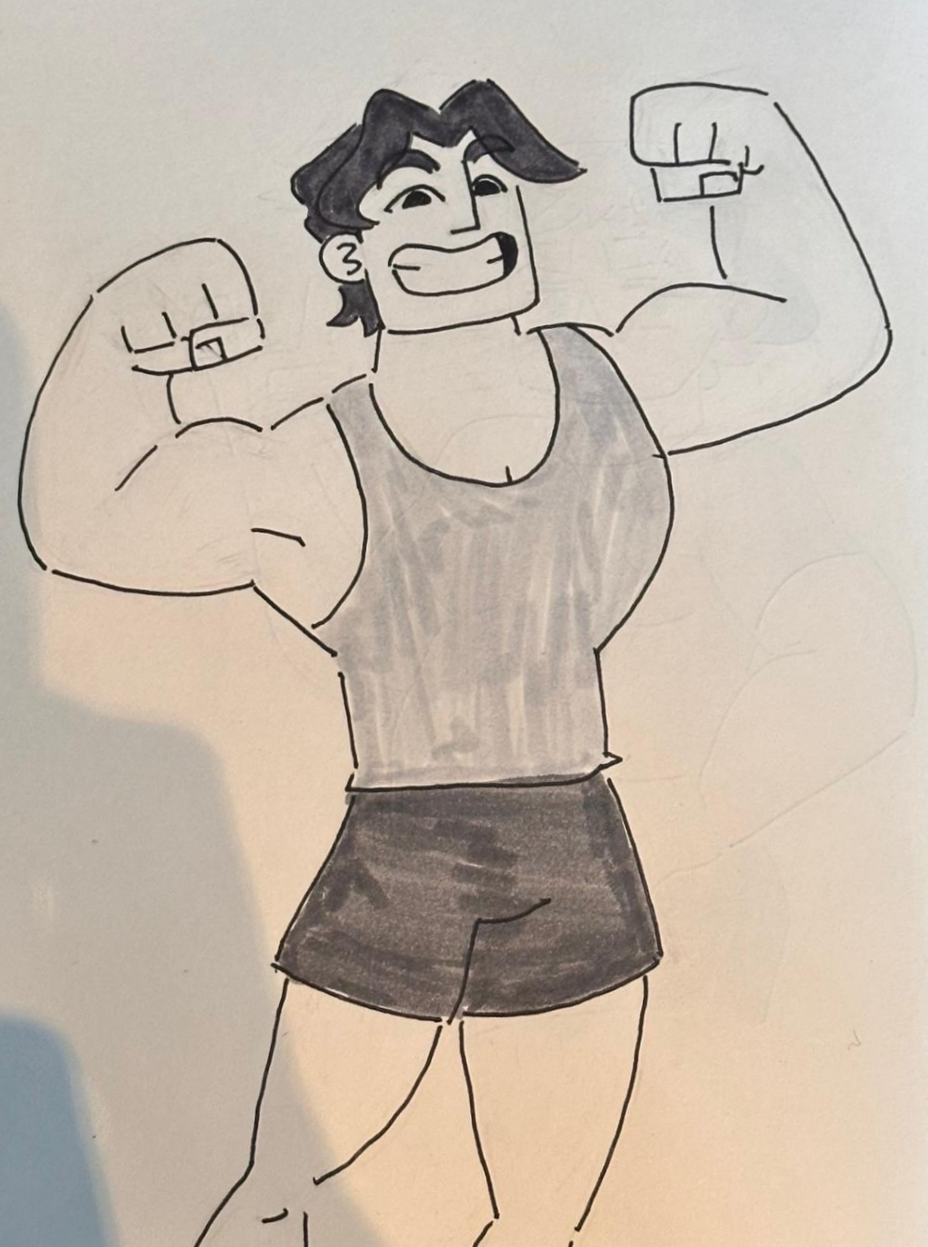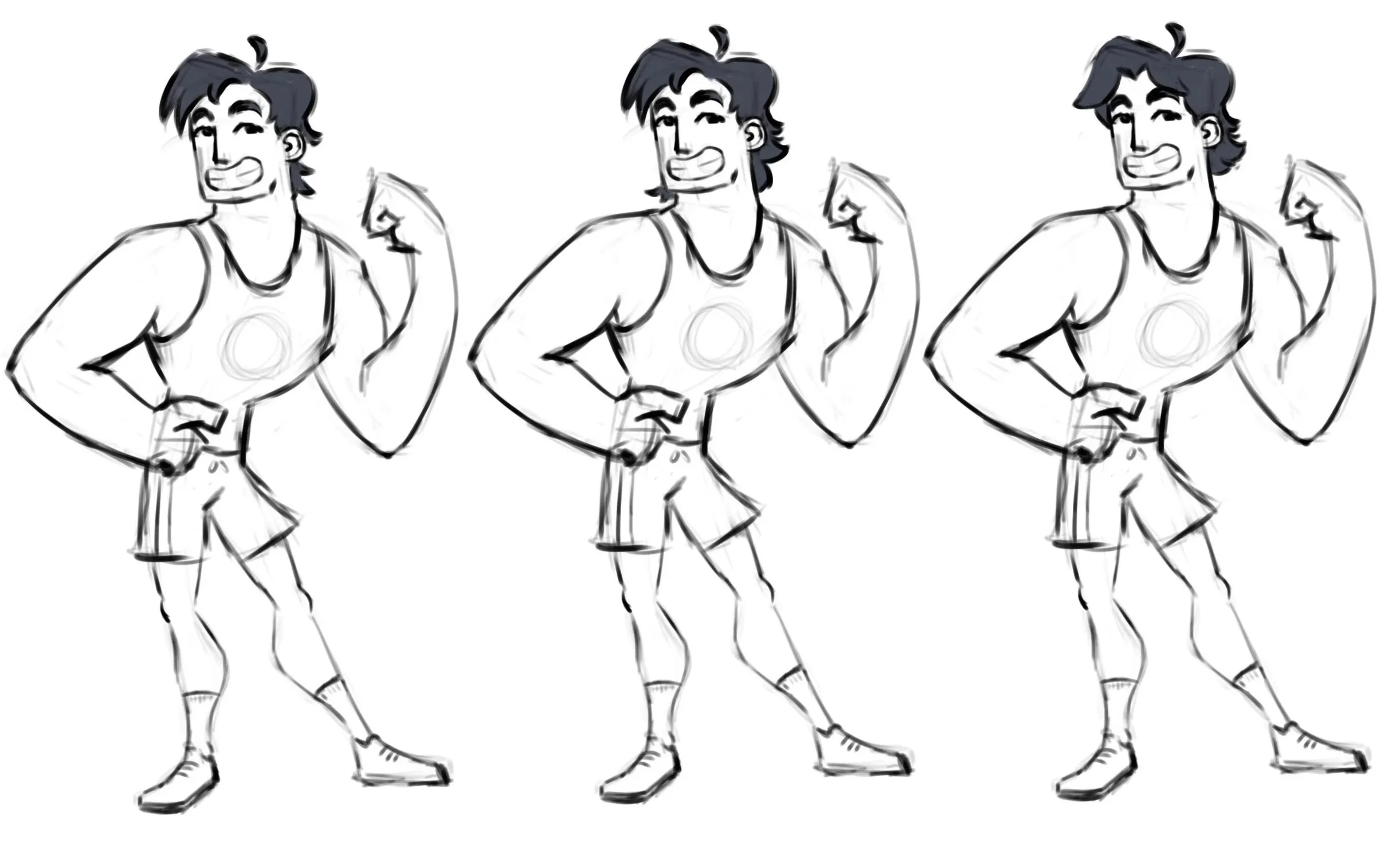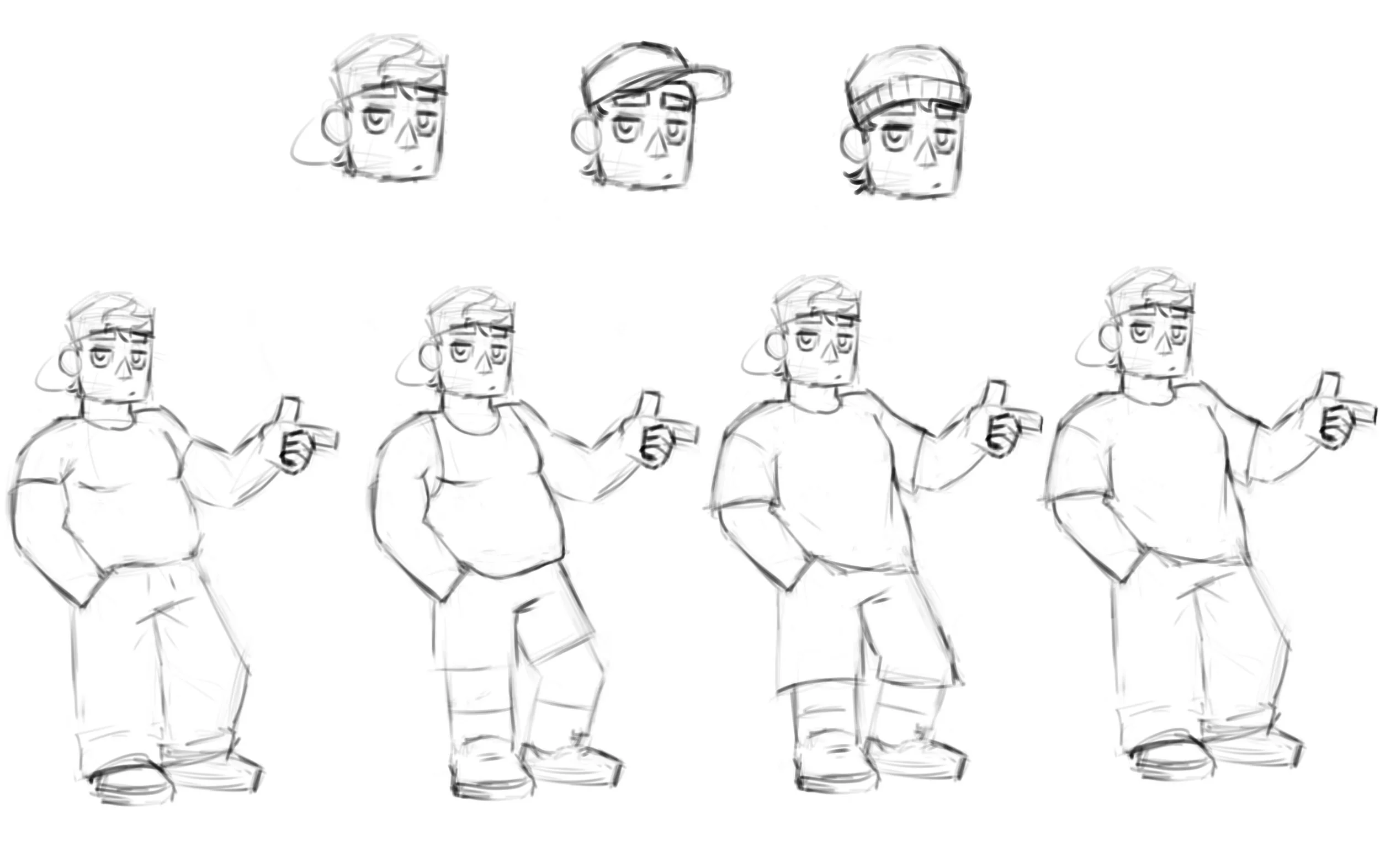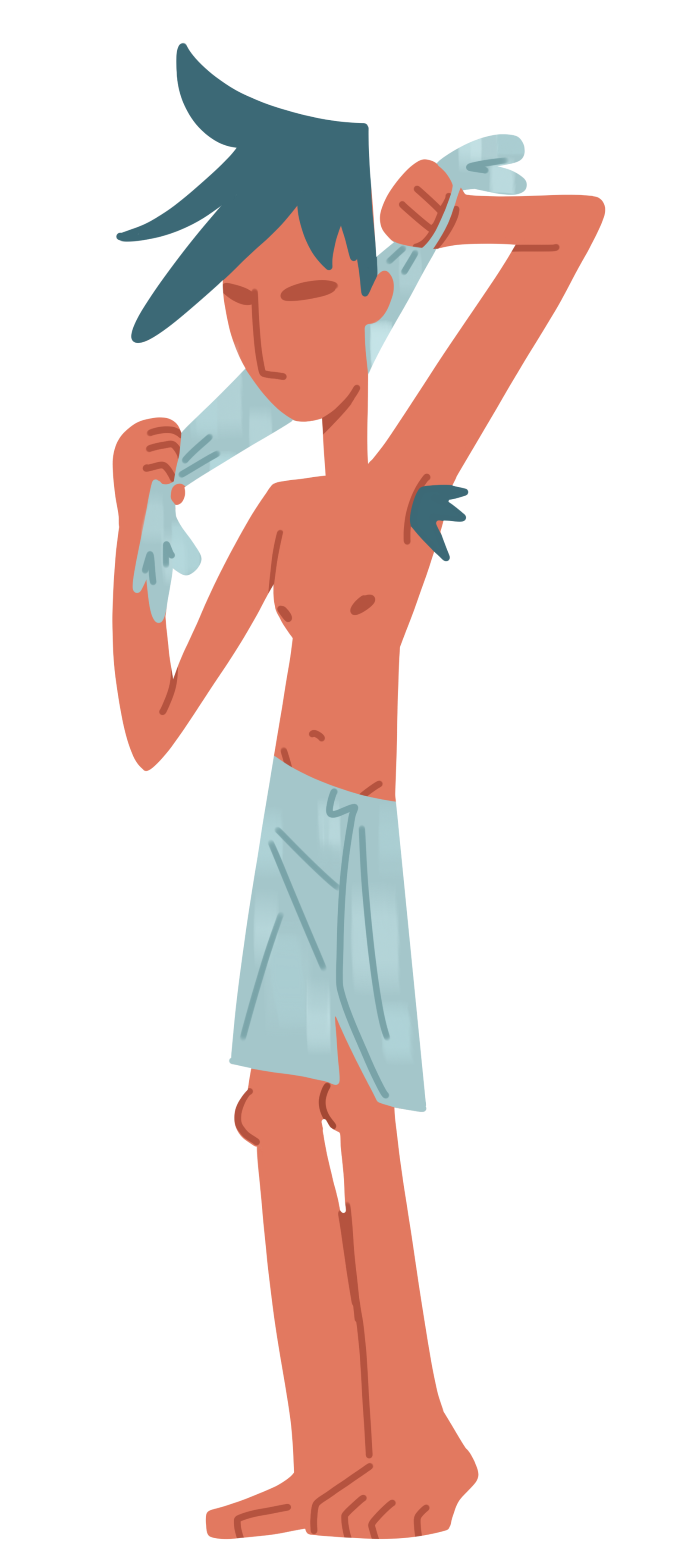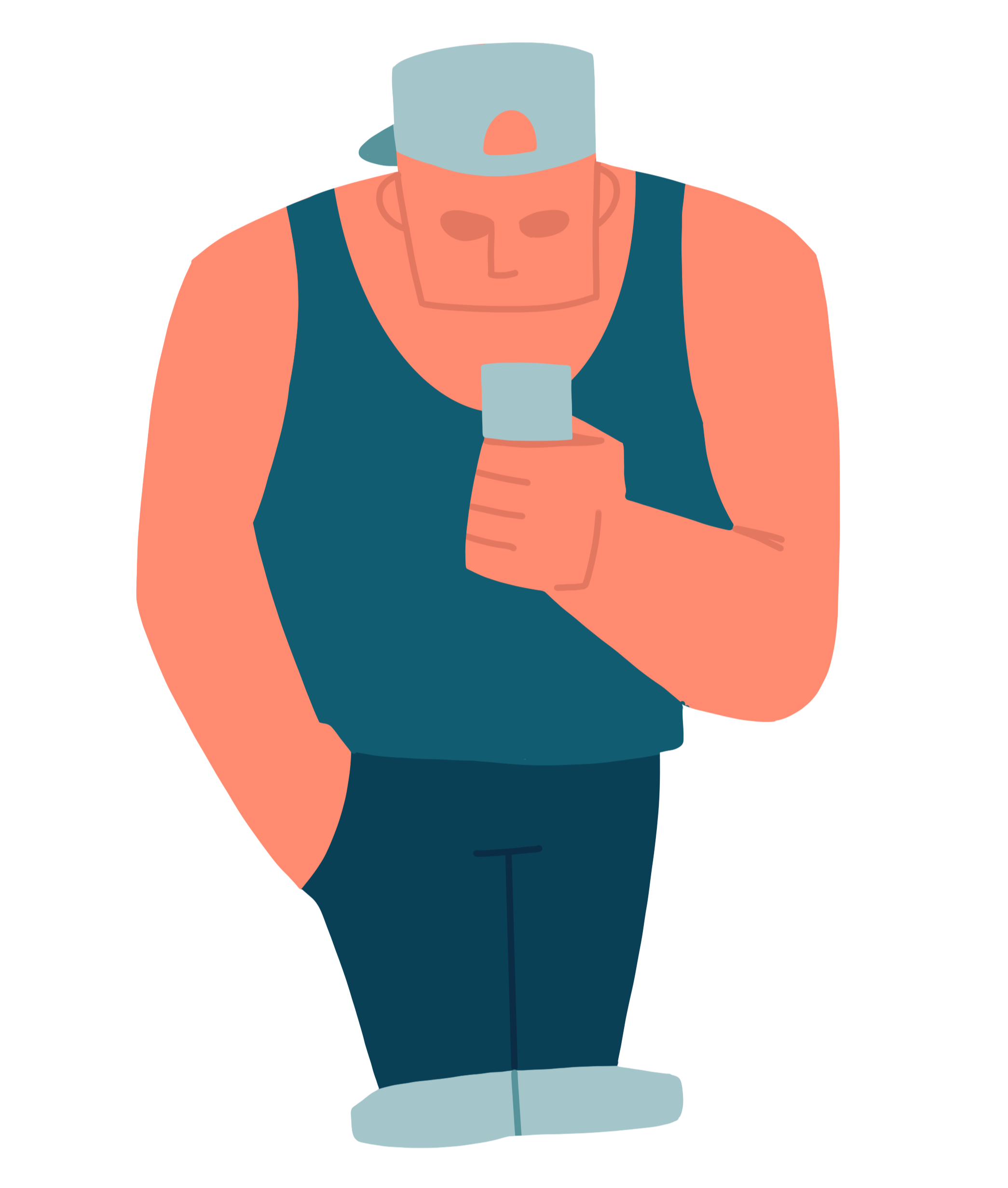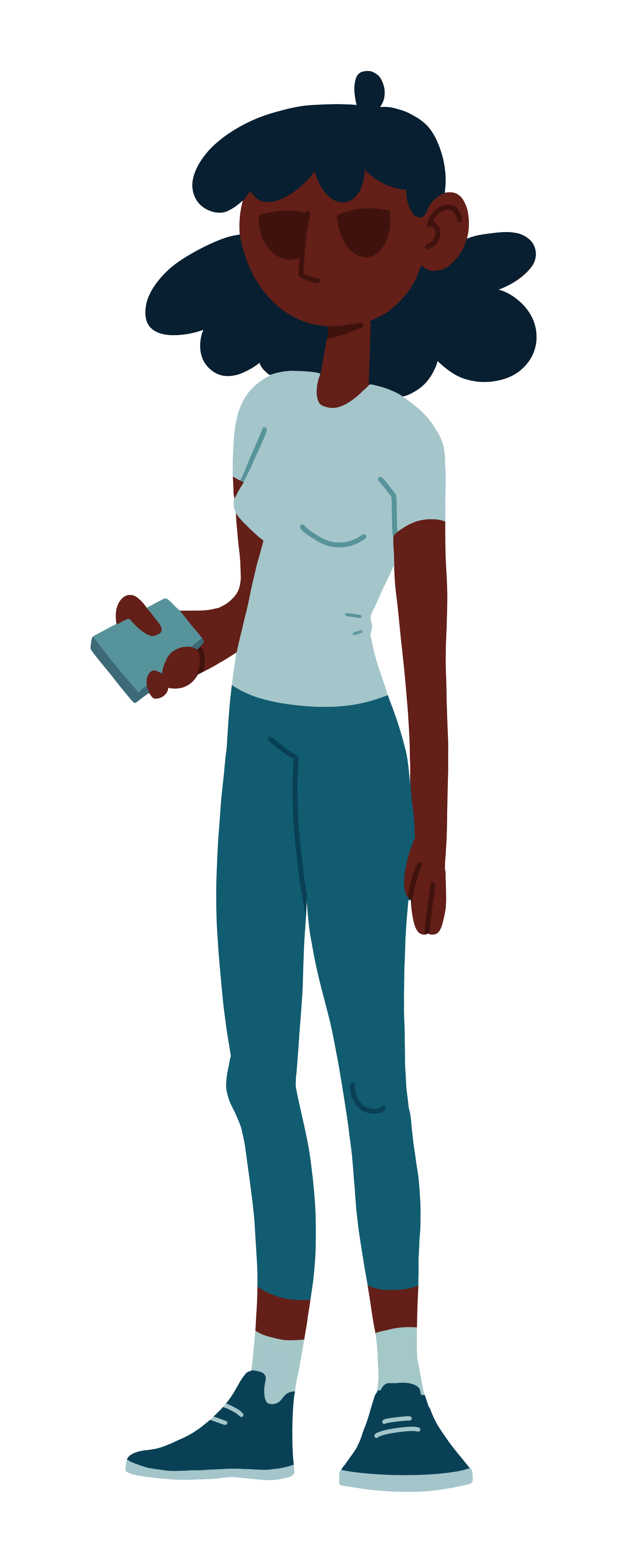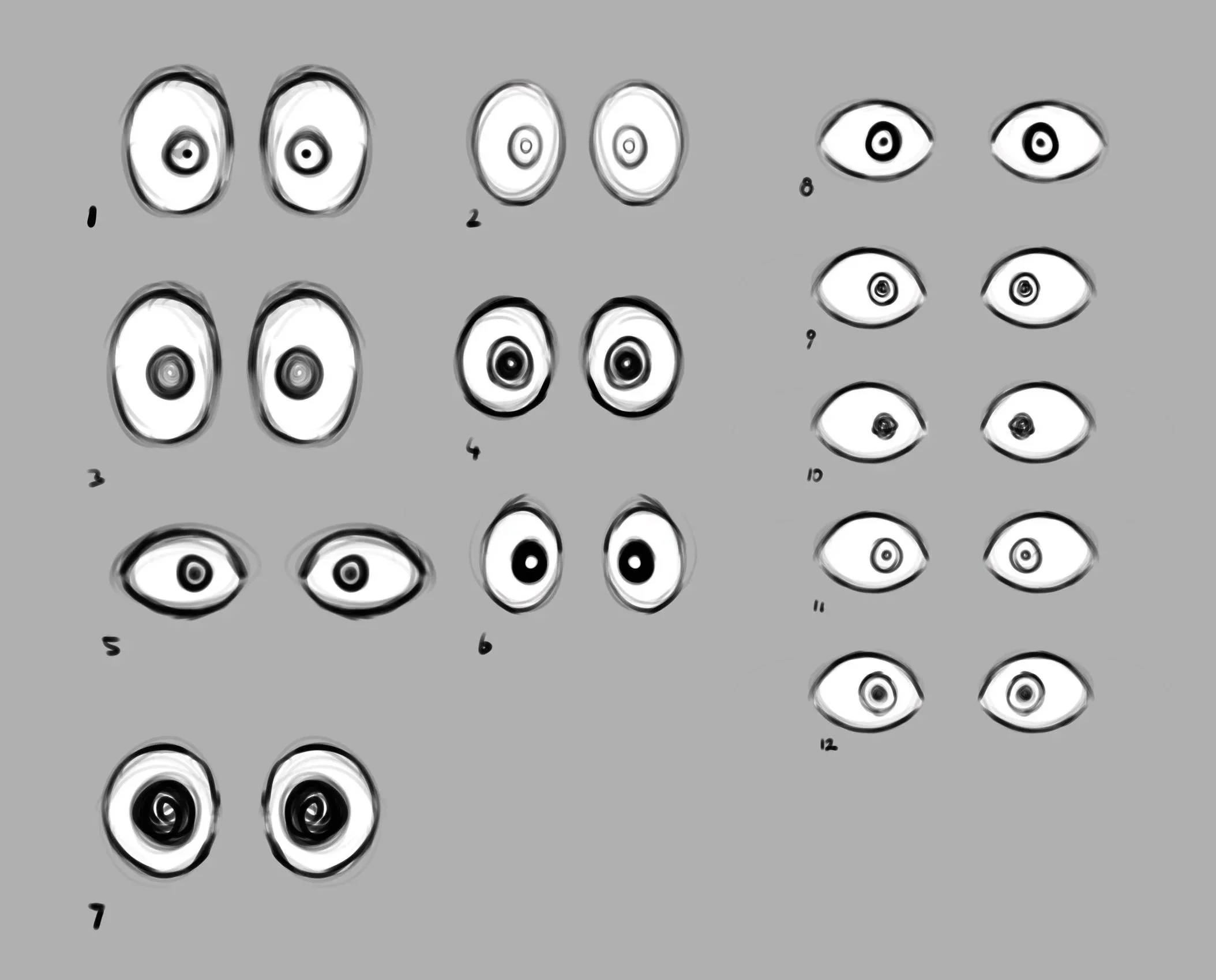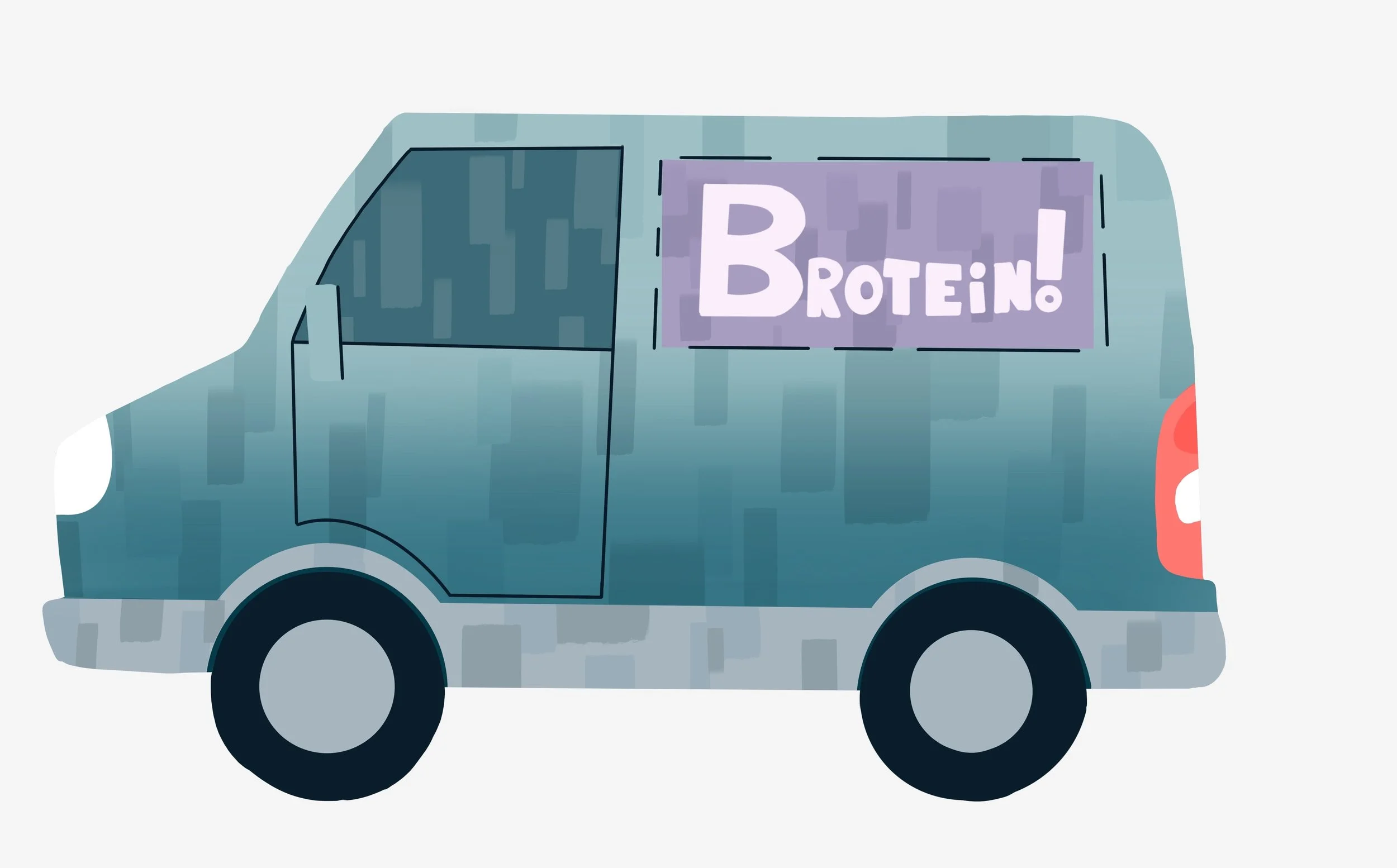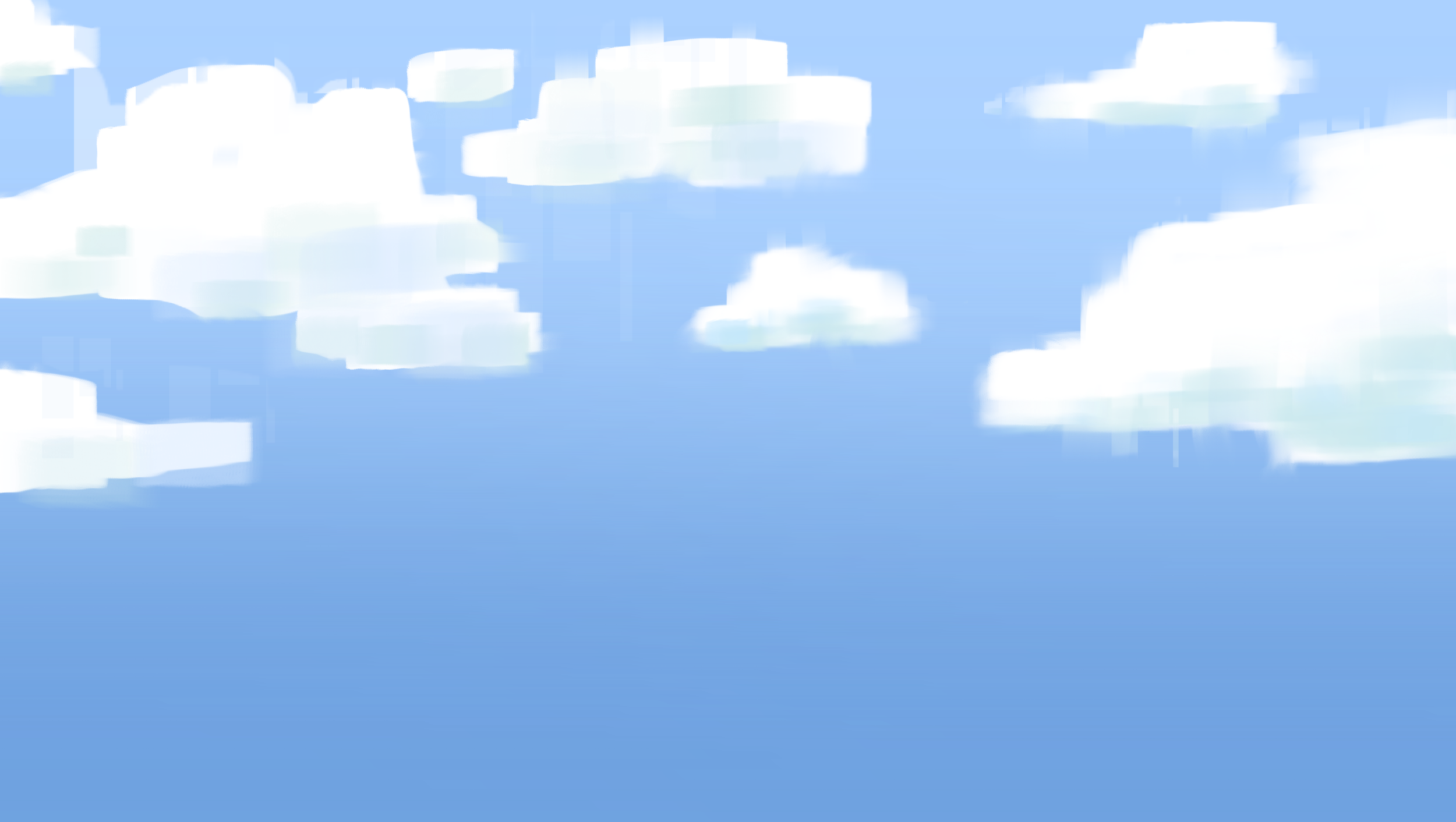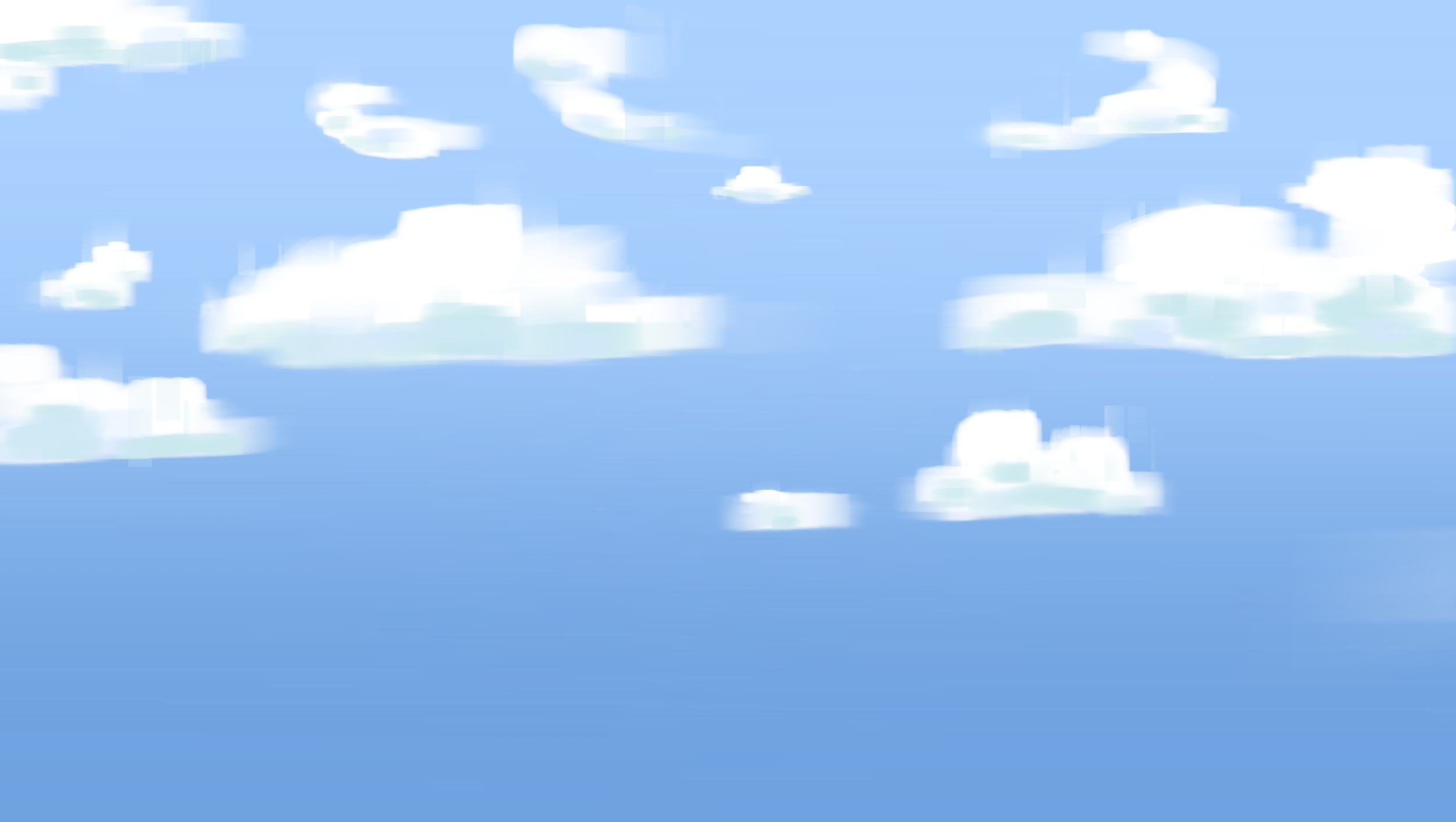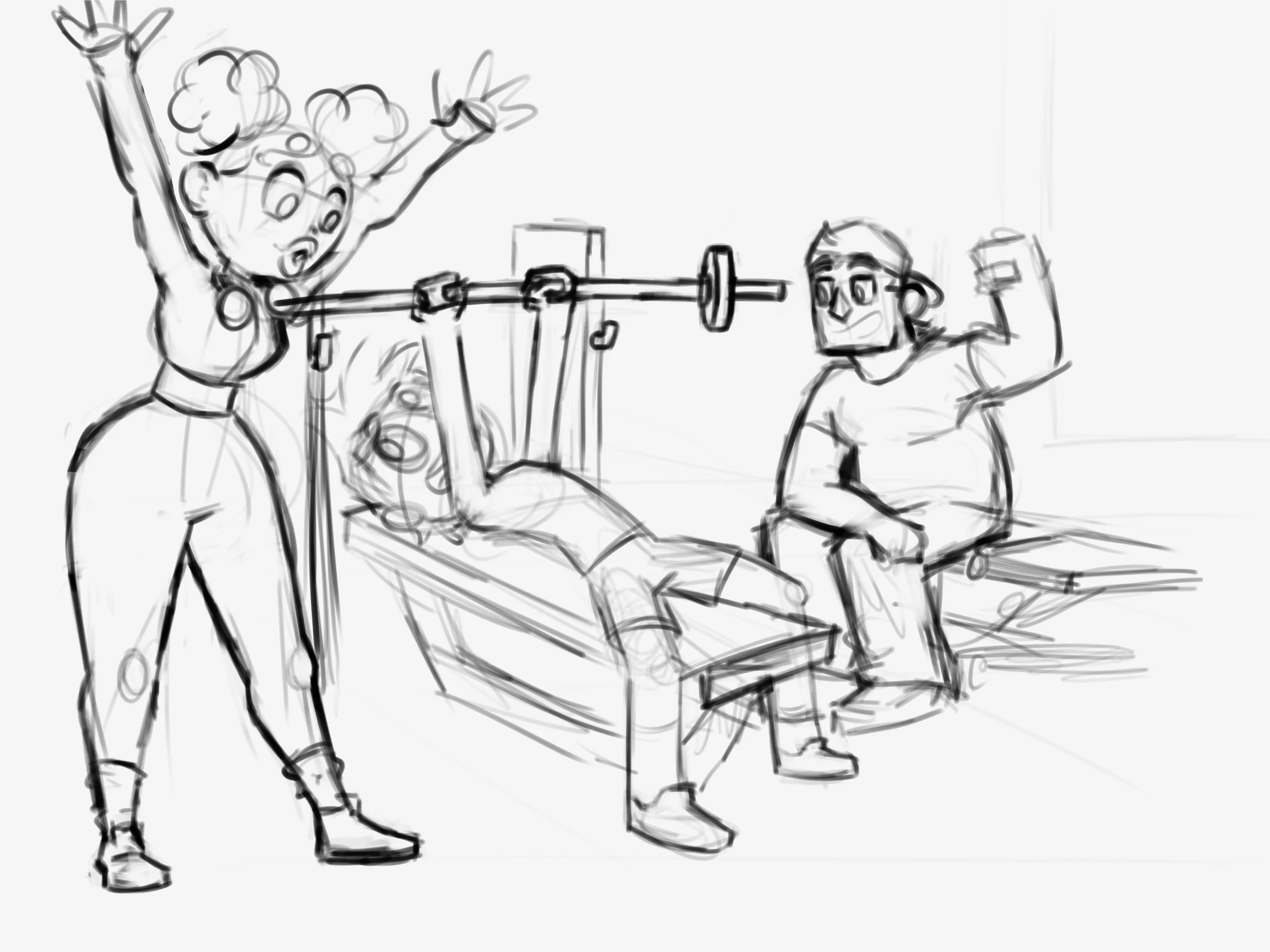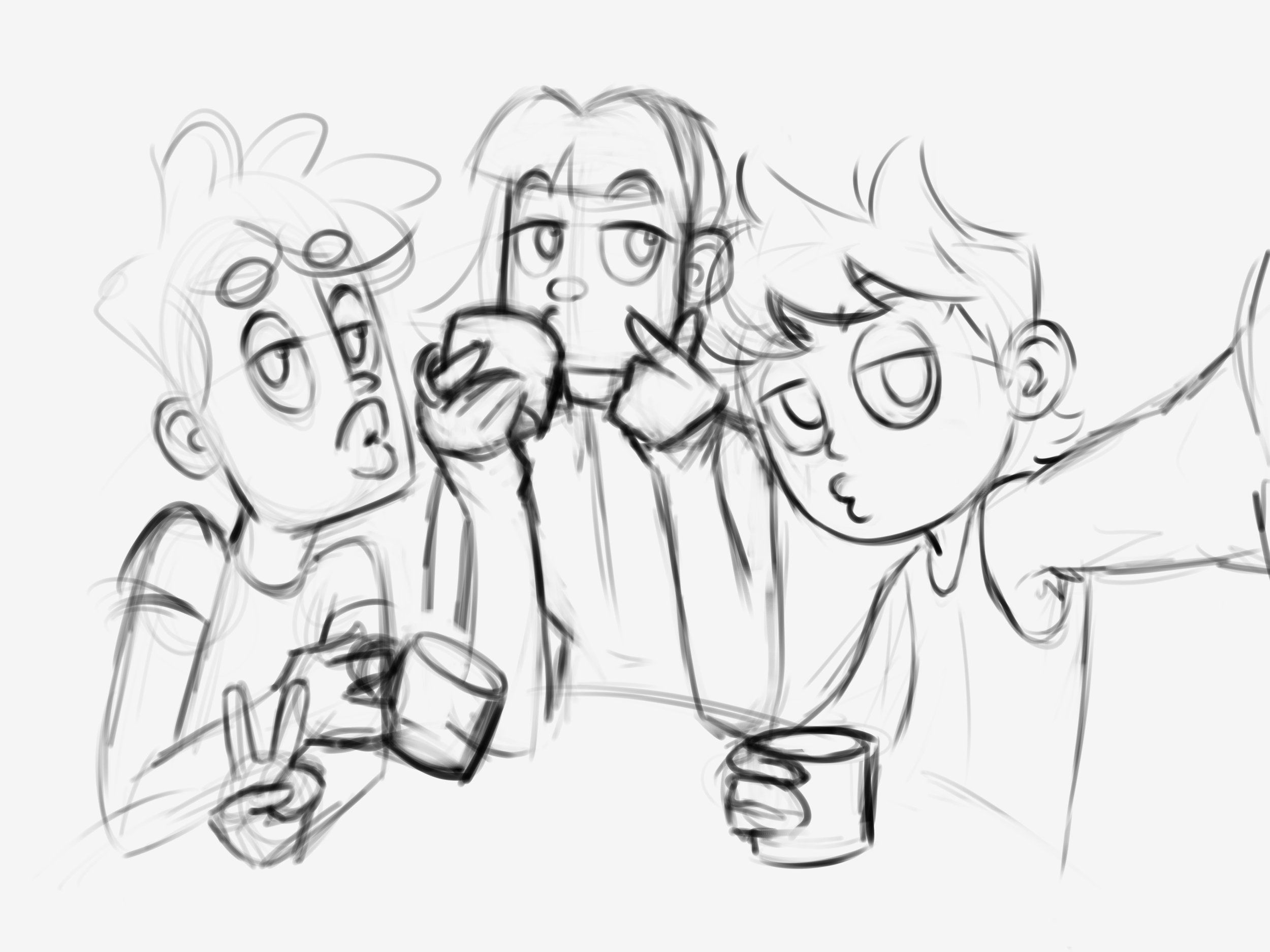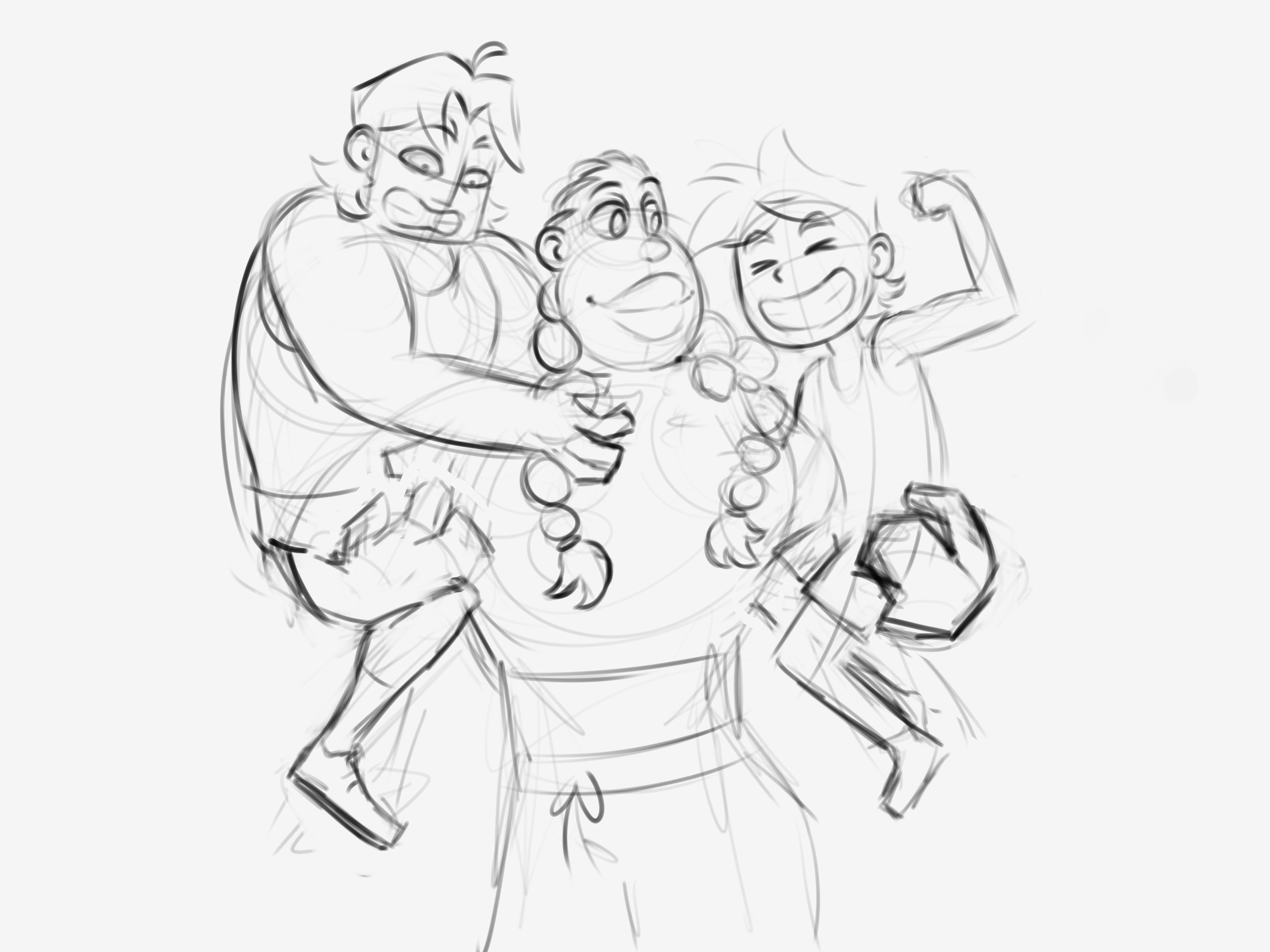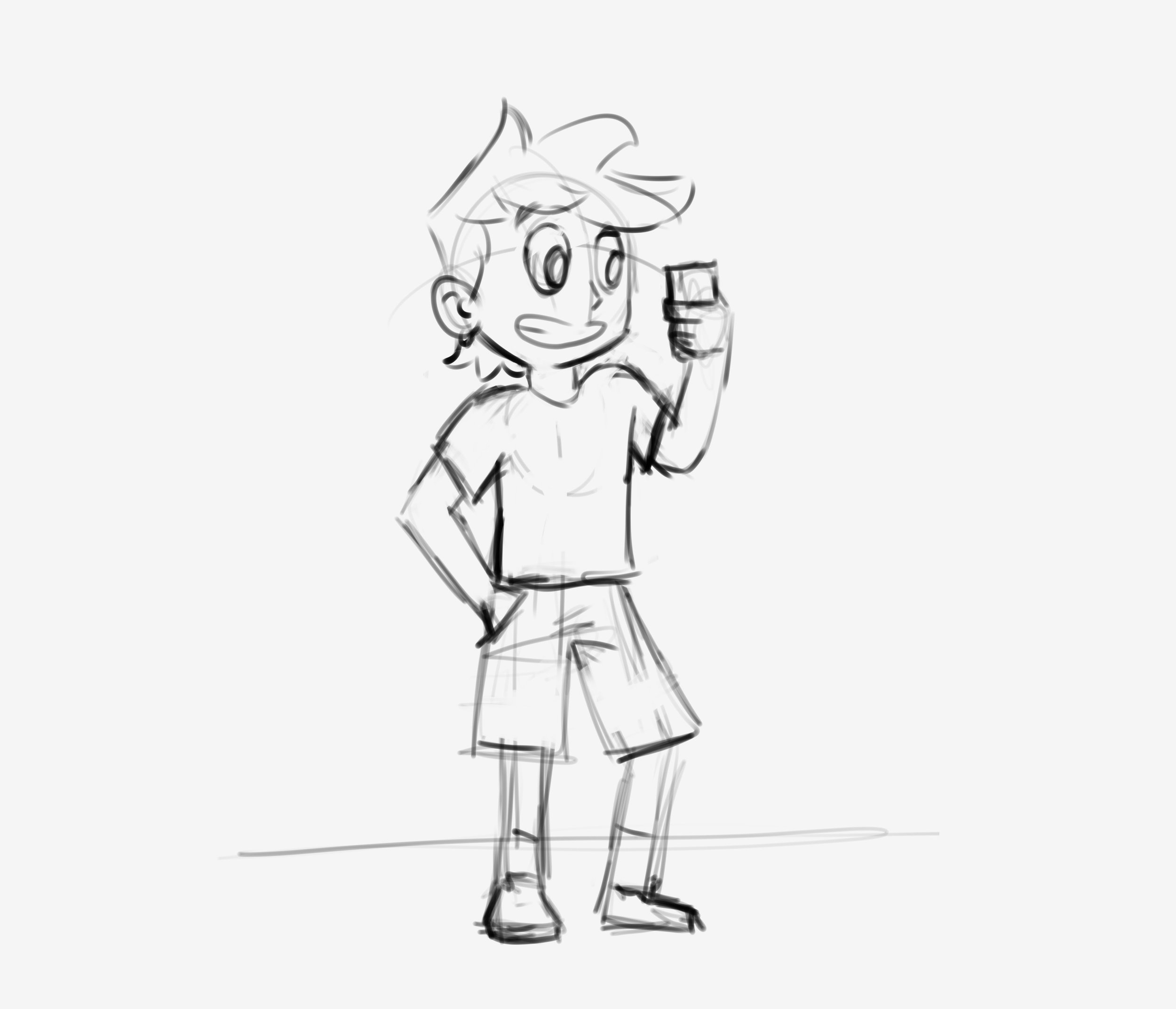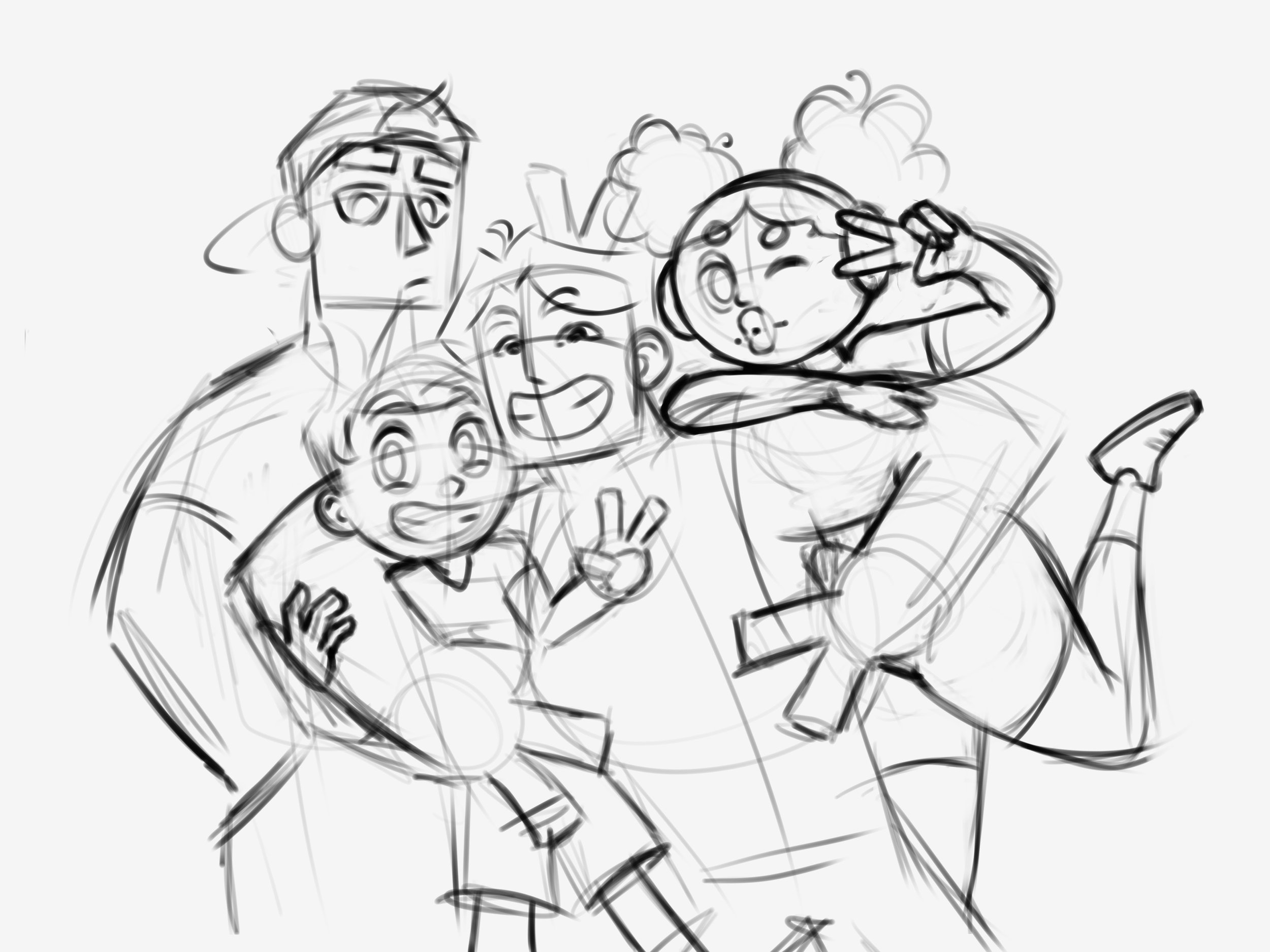directing - writing - storyboard/animatic - editing - concept art - animation
Gym Anxiety is about a young, insecure guy who goes to the gym for the first time. Surrounded by muscular people, he feels as if he’s constantly being watched and judged for everything he does. Just when he finally feels he has achieved something things go terribly wrong.
He runs away, ready to leave. But instead he meets unexpected support and encouragement. Perhaps the gym isn’t as intimidating and scary as it first seemed. But maybe it can be a place of growth and comfort.
Duration: 5 min
Year: 2025
Directing
As the director of Gym Anxiety my role was to shape the vision and core of the film, and to guide my team in bringing the vision I had to life. The deadline for the film was half a year. My main focus was on translating the overwhelming feeling of entering a gym for the first time into a visual story and to create a strong connection between the audience and the main character.
For this project, we worked in a group of five, where each of us had a specific lead role while supporting one another in other roles. We also collaborated with two external contributors. Someone for the music and someone who designed the logo and fonts.
Directing this project gave me a clear sense of what it's like to take on this role. And it's an experience I really enjoyed and gave me a strong interest in continuing to explore directing in my future.
Poster by Thomas Wind
Writing and storyboarding played a big role for me, especially because Gym Anxiety is such a personal story. I really wanted to dedicate a lot of time and care to this stage to make sure the concept felt authentic and true to my own experience.
I started by thumbnailing ideas in my sketchbook, trying to capture every image and thought from my head onto paper and building the story. From there we printed everything out and placed it on a pinboard, rewriting and reshaping the whole story with sticky notes. It was a lot of shuffling and trial and error to figure out what felt right, and asking how other interpreted certain parts of the story.
Since we wanted the film to be non-verbal, we had to figure out how to tell the story and communicate without using words. The hardet part was portraying to the audience how the main character feels out of place and embarrassed, without making him seem unintelligent and foolish.
Writing/
Storyboarding
Animatic
Once we were confident about most of the story, we moved from rough storyboards to a readable animatic. I was fully in charge of drawing the animatic, and with a lot of help on editing from Thomas Wind, we tried to figure out the timing of the movie.
My main goals was to make the animatic as clear and easy to read as possible. Not only for my team, but also for people outside the project. This way, we could receive usefull feedback and give our composer a strong foundation to work from. Since music plays such a big roll in a non-verbal movie.
Thumbnail animatic
Detailed new animatic
For the art style, I was mainly inspired by the animated short Afternoon Class by Osro. The cool colors and painterly environment felt like the perfect way to combine my love for both 2D and 3D in the film. The cold and not very nice feeling of the gym when you first walk in became a very nice element to show in the film like this. I wanted to express the main characters emotions through the colors of his surroundings. To give the viewer a look of what it’s like to see through his eyes.
We experimented a lot with the right colors and realized how important it is to consider how people associate colors with emotions. The biggest reason was because of Inside Out, where each character’s color reflects their emotion. This greatly influenced the way we associate certain colors with specific emotions today. Eventually we developed three main color versions:
Blue: To represent the cold, anxious feeling of being constantly alert and tense.
Purple: For the overwhelming anxiety attack. And basically a deeper, more intense version of the blue version.
Orange: Warm tones that appear when he receives help at the end of the film, and later in the credits. To symbolize trust and comfort.
We also teased this color shift on his phone throughout the film, as I wanted to show how his phone serves as a source of comfort while he navigates himself through the gym.
ART STYLE
From these three color variations, we designed three versions of the main charater and one of the side character in the warmer tones. These turnarounds then led to the creation of two final 3D character models.
We also wanted the main character to stand out from the busy backgrounds. We achieved this by giving him a rim light. But beyond its visual function, the rim light also became a symbolic element. Everything with a rim light represents something that’s part of his life.
For example, his phone also has a rim light because it serves as his main source of comfort through out the story. At the end of the film he passes on his rim light to the side character who helps him in the gym. The passing of the rim light is also reflected in the credits.
He leaves his phone behind, not because he no longer needs it entirely, but because he’s learned to navigate the gym without it. He still continues to use it to share his social life with the new friends he’s made in the gym, who also have a rim light symbolizing that they’ve become a part of his life.
Coloring by Thomas Wind
Because I love creating characters, I quickly started with designing them. I already had an idea in my head, and putting it on paper right away helped me capture that vision and makes the thumbnailing process easier by puting them directly on paper.
In the first version of Gym Anxiety, it was the plan to make 4 characters central to the story. So I spend a lot of time sketching and exploring some variations. But as the story evolved and we only had half a year to complete the project, it wasn’t very realisitc to model and rig 4 fully developed and characters.
Concept Art
SAMMIE (Main Character)
For Sammie’s design, my main goal was to make his anxiety visible in his character. That’s why I gave him big eyes so he could show nervous expressions and always appear alert and on edge. His clothing was meant to reflect that it’s his first time at the gym. Just a simple everyday wear instead of sport clothes. A plain t-shirt, casual sneakers, and a pair of jogging shorts.
MORRIS (Side Character)
Morris was mainly inspired by someone very close to me. Since this story is based on my own gym anxiety experience and he was the one who helped me through it I noticed that my design ideas naturally gravitated toward him.
From the start, I knew his design needed to represent the “ideal image” of someone in the gym who was very confident and musculair. But although his physique represents a gym ideal, his caring personality takes the scaryness away. That’s why his big round smile became the most important part of his design. Because it softens his intimidating apperance.
And here are two other characters that didn’t make it into the final film due to time constraints, and because we didn’t want to give our rigger a burnout!
However, to me they were still important to incluce them in the story. Their body type is very common in the gym, but often goes unnoticed when we picture what the gym looks like.
BACKGROUND CHARACTERS
For the background characters I focused on showing diversity in body types and appearances, because I wanted to show that more than one type of person goes to the gym. It was important to me that this diversity was represented, since in reality everyone looks different, but they also had to fit in with the style of the main characters.
Characters used in credits
Because the gym is such an overwhelming and crowded space, we wanted to fill the environment quickly while keeping the workload manageable. To achieve this we decided to create some of the background characters in 2D.
My vision for the background characters was to make them feel less human and more abstract. That’s why we chose not to give them any facial features, since people tend to connect more easily with characters when they have eyes or a mouth.
All made by me
Because I still wanted to capture the intimidating side of the gym, I decided to show this through the interactions between the background characters and the main character. Each of these interactions happens with a stereotypical gym character the kind that’s often seen as intimidating or scary. THE GYM BRO!
Our rigger Abel Tulp created a large, muscular male rig for this purpose. Complete with customizable options to adjust his appearance for different shots.
When the main character starts feeling like he’s doing something wrong, I wanted to visualize that through one of the most relatable experiences in the gym, the fear of being watched and judged for what you’re doing. This is also the only moment when the background characters are given facial features. For these scenes I created several versions of creepy, staring eyes that we could animate using Grease Pencil. Since there were so many good options Abel gave us the possibility to switch between different eye types depending on the moment and what felt right
These scenes also allowed us to tease the upcoming color shift into the purple “anxiety attack” state that shows what’s happening inside the main character’s mind.
SOCIAL MEDIA
For the design of the social media shown in the film, I was mainly inspired by Instagram and TikTok. Because social media plays such a big role in how we see ourselves, and is often one of the reasons many people feel pressured to go to the gym I knew I wanted to include it in the story.
The main character sees his phone as a source of comfort while experiencing the gym for the first time not quite knowing what to do. To hint at the final color change in the film, I designed the social media interface on his phone with the warmer tones to foreshadowing the moment of trust that comes later.
Turnaround by Xander Schrauwen
Social media illustrations and 2D animations by me
Animations by Thomas Wind
ENVIRONMENT
Throughout the film, there are many other 2D drawn elements created by me to help save time during production. Most of these can be seen in the outdoor background at the beginning of the film.
Sem Lagrand then projected my 2D drawings onto 3D objects to make them fit seamlessly into the scene, something that worked really well and fit perfectly with the concept of the film.
ANIMATION
It was very important for us to choose an animation style that allowed our shots to flow smoothly into one another and be easily passed between team members when needed. Abel Tulp, our lead animator developed the foundation of the animation style that we all followed.
We also held weekly feedback meetings where we reviewed each other’s shots and discussed ways to improve. This project was also my first time animating in Blender, which took some getting used to at first but I quickly got the hang of it.
These are the shots I animated for the film, along with a breakdown video below where I show the process in more detail.
End CREDITS
I was in charge of creating the end credits for the film. Since a big part of the original story had to be cut out due to lack of time, I thought it would be a fun idea to continue the story within the credits instead.
After the main character is taken under the wing of the side character. I wanted to show how that support helps him rebuild his confidence with going to the gym. He starts making friends, becomes more social and feels comfortable exploring who he is as a person. I chose to show this by bringing back the social media page on his phone. But instead of him passively watching others, we now see his confidence grow as he begins posting photos himself.
I started by creating short 3D animatics, which allowed me to quickly test out my ideas and see what worked. However, I noticed that everything felt a bit static, so I went to my teammates for feedback. Together, we came up with a stronger version that felt much more alive.
Once the animatic and the credits were in place, I began illustrating the social media posts. I created six illustrations, each showing a step in his personal growth. You can see his nervous eye bags slowly fade away, how he becomes more comfortable by buying new gym clothes showing that he’s going more often, and how he starts making new friends while experimenting with his clothing style.
After everything was rendered, Thomas Wind handled the compositing for the rimlight. Resulting in the final version you see in the film.


